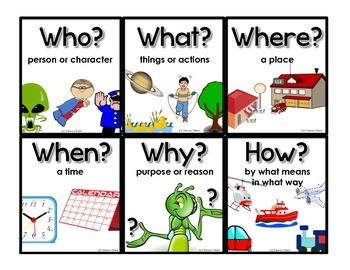~◾~ 📚 CLASS 7 TH 📚 ~◾~
📌SAYAR Digital Solution for Class 7 are solved by experts in order to help students to obtain excellent marks in their board examination. All the questions and answers that are present in the RBSE, CBSE, NCERT Books has been included in this page.
Here we have provided Updated NCERT Solutions for Class 7 for Exams. NCERT Digital Solutions clear your concepts to the core ensuring to stay with you in the long run. These are created by experts in accordance with the RBSE and CBSE curriculum. You can find 100% accurate step-by-step solutions for every question in all the latest curriculum. Practice with these daily to perform better in annual exam.
Here we have provided Updated NCERT Solutions for Class 7 for Exams. NCERT Digital Solutions clear your concepts to the core ensuring to stay with you in the long run. These are created by experts in accordance with the RBSE and CBSE curriculum. You can find 100% accurate step-by-step solutions for every question in all the latest curriculum. Practice with these daily to perform better in annual exam.
Exercise
1. Who was considered a “foreigner” in the past?
Answer: According to the medieval period, any stranger who did not belong to a certain society or culture and was not a part of that particular village was regarded as a foreigner. For example, a city-dweller, therefore, might have regarded a forest-dweller as a foreigner. But, if two people belong to the same village, they are not foreigners in spite of their different religious or caste backgrounds.
2. State whether true or false:
(a) We do not find inscriptions for the period after 700.
(b) The Marathas asserted their political importance during this period.
(c) Forest-dwellers were sometimes pushed out of their lands with the spread of agricultural settlements.
(d) Sultan Ghiyasuddin Balban controlled Assam, Manipur and Kashmir.
Answer:
(a) False
(b) True
(c) True
(d) False
3. Fill in the blanks:
- Archives are places where _________ are kept.
- _____________ was a fourteenth-century chronicler.
- _______, _______, _______, ________ and ________ were some of the new crops introduced into the subcontinent during this period.
Answer:
(a) Archives are places where manuscripts are kept.
(b) Ziyauddin Barani was a fourteenth-century chronicler.
(c) Potatoes, corn, chillies, tea and coffee were some of the new crops introduced into the subcontinent during this period.
4. List some of the technological changes associated with this period.
Answer: Following are some of the technological changes that were associated with this period:
- The Persian Wheel in irrigation
- The Spinning Wheel in weaving
- Firearms in combat
5. What were some of the major religious developments during this period?
Answer: Some of the important and major religious developments that took place during this particular period are :
- Worship of new deities
- Construction of temples by royalty
- The growing importance of Brahmanas; the priests, as dominant groups in society.
- The emergence of the idea of bhakti – of a loving, personal deity that devotees could reach without the aid of priests or elaborate rituals.
- The appearance of many new religions occurred during this period. During the 7th century, the merchants and the migrants introduced the teachings of the Holy Quran in India.
6. In what ways has the meaning of the term “Hindustan” changed over the centuries?
Answer: The meaning of the term ‘Hindustan’ has eventually changed over the past centuries. Today, the term ‘Hindustan’ is referred to denote India. But during the 13th century, the term was used by Minhaj-i-Siraj – a chronicler (in a political sense) of lands that belonged to the Delhi Sultan. During the 14th century, the term ‘Hind’ was used by Amir Khusrau to refer to the culture and people of the Indus river. Whereas, during the early 16th century, Babar used the term ‘Hindustan’ to describe the culture, geography and fauna of the inhabitants of the sub-continent.
7. How were the affairs of Jatis regulated?
Answer: During this period, several social and economic differences emerged among the people, which led to the introduction of Jatis or sub-castes, where people were ranked on the basis of their occupations and backgrounds. The affairs of jatis were regulated by an assembly of elders known as the jati panchayat in some areas. The jatis were required to follow the rules of their villages, which were governed by a chieftain.
8. What does the term pan-regional empire mean?
Answer: A pan-regional empire is referred to an empire which is expanded over several regions of diverse cultures, geography and religion. For example, the dynasties of the Mughals, Cholas, Khaljis and the Tughluqs.
9. What are the difficulties historians face in using manuscripts?
Answer: During the past, the historians faced a lot of difficulties in using the manuscripts. Due to the lack of printing press during those periods, the historians had to scribe the manuscripts by hand and copying the manuscripts with new changes was not an easy job. Small differences and mistakes grew over the centuries of copying, until manuscripts of the same text became substantially different from one another. As a result, we rarely find the original manuscript of the author today.





